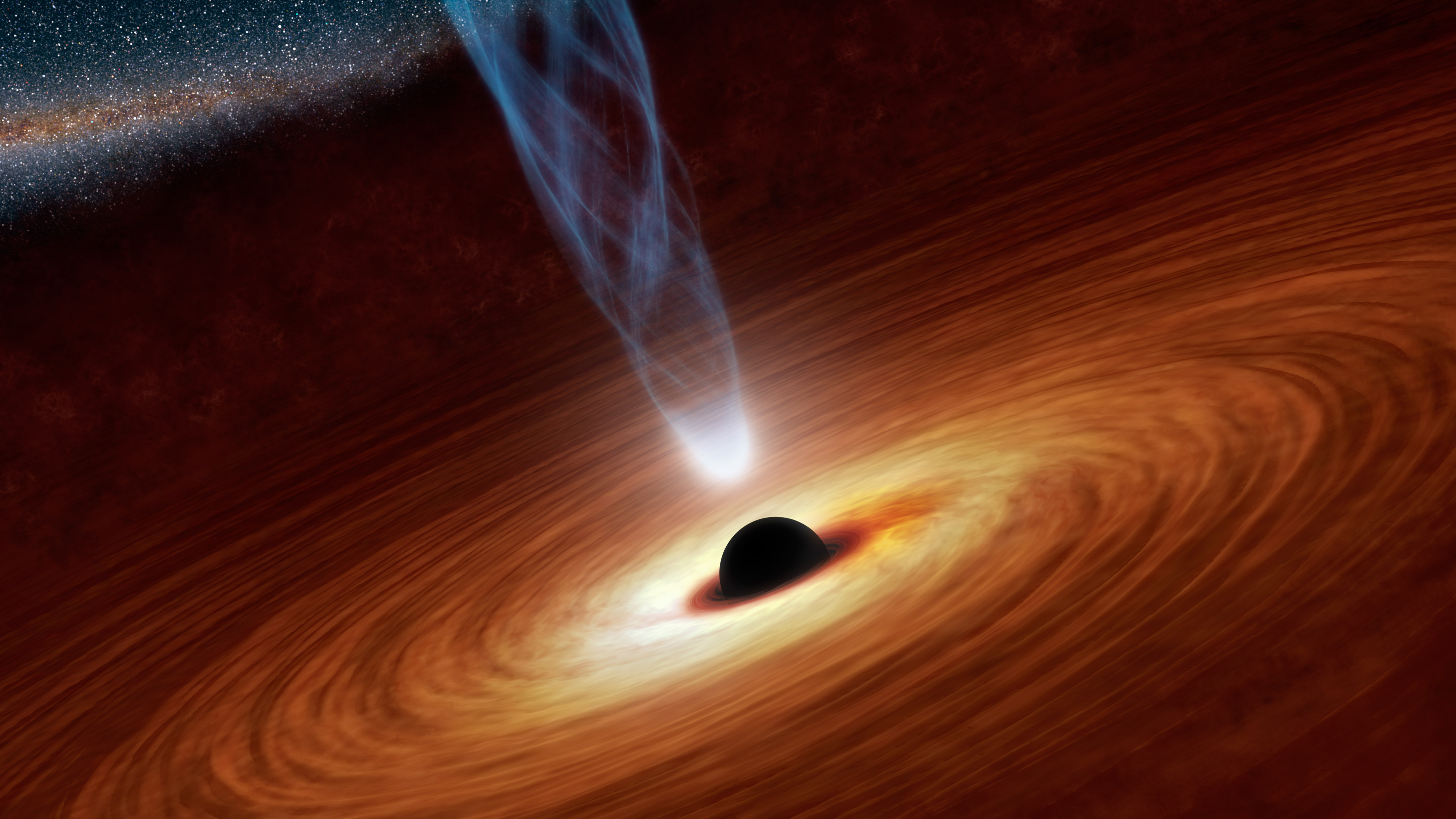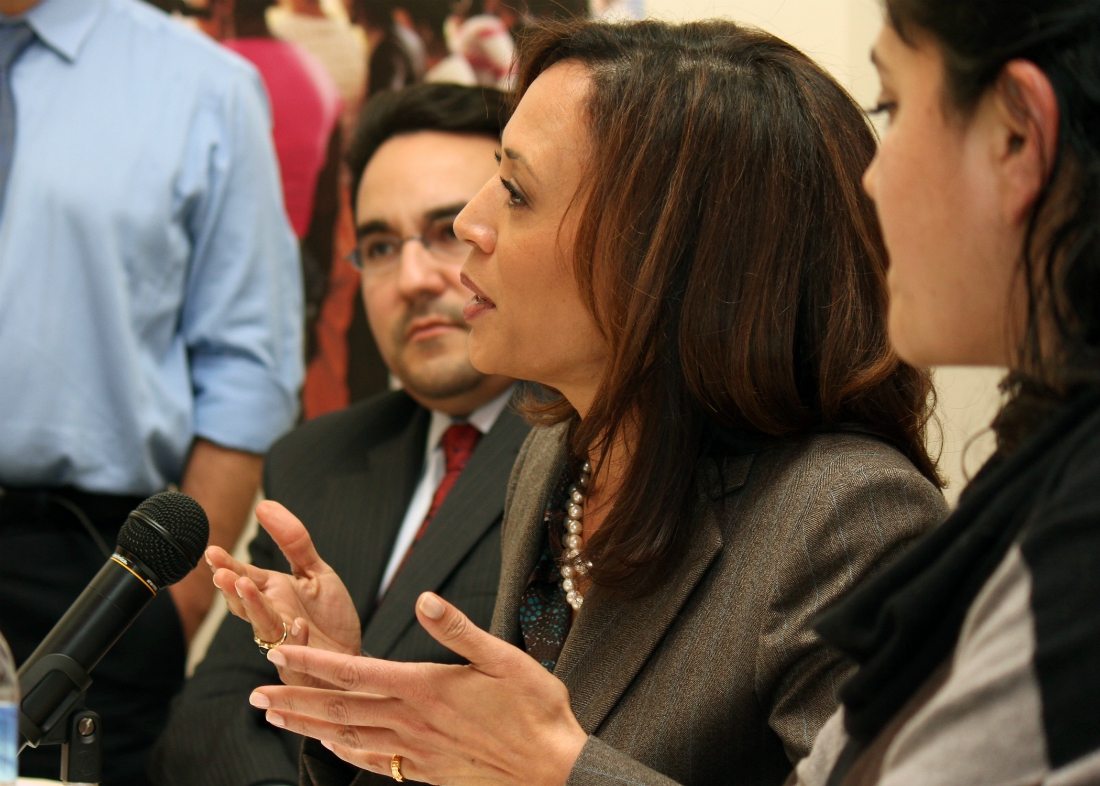
Advertisement
One of the most common tropes in science fiction involves the use of black holes as portals to other dimensions or points in time. A recent study suggests that such a scenario may be closer to reality than it is to fantasy.
While scientists have predominantly believed that using black holes – a region of space-time exhibiting gravitational acceleration so strong that not even light can escape from it – as a form of space travel is not feasible, as its intense gravitational forces can crush and “spaghettify” anything that enters it, researchers from the University of Massachusetts Dartmouth and Georgia Gwinnett College say otherwise.
The researchers noted that their new simulation models are suggesting that a rotating black hole, which possesses a unique “mass inflation singularity,” may actually offer safe passage to spacecraft, like the situation posited by director Christopher Nolan in his 2014 space epic “Interstellar.”
According to Gaurav Khanna of the University of Massachusetts Dartmouth, his team, composed of his colleague Lior Burko and his student Caroline Mallary, was inspired by the said film and wanted to test whether the film’s central protagonist, Cooper (Matthew McConaughey), would theoretically survive a descent into the fictional supermassive black hole Gargantua.
Mallary built the computer simulation for the study, based on work done by physicist Amos Ori.
“Building on work done by physicist Amos Ori two decades prior, and armed with her strong computational skills, Mallary built a computer model that would capture most of the essential physical effects on a spacecraft, or any large object, falling into a large, rotating black hole like Sagittarius A*,” Khanna said in a piece published in Phys.org. (Related: Understanding massive black hole formation: Researchers believe supersonic gas streams from the Big Bang may provide the answer.)
Sagittarius A* (Sagittarius A-star) is a supermassive black hole at the center of the Milky Way, near the border of the constellations Sagittarius and Scorpius.
Mallary discovered that objects dropped into a rotating black hole would not experience “infinitely large” effects upon passage through the hole’s horizon singularity – thus increasing the feasibility of using large, rotating black holes as portals for hyperspace travel.
Furthermore, during the course of their observation of the simulation, Mallary discovered that while the effects of the singularity in the context of a rotating black hole would result in rapidly increasing cycles of stretching and squeezing on the spacecraft, its strength would be very small. So small in fact, that “the spacecraft and any individuals on board would not detect it.”
Khanna noted however, that there are caveats to Mallary’s model.
Their model operated under the assumption that the black hole under consideration is in complete isolation, and thus is not subject to disturbances from sources such as nearby stars and falling radiation. Khanna noted that while this assumption simplified their experiment, one must remember that most black holes in the known universe are actually surrounded by cosmic material such as space dust, gas and radiation.
Thus, Khanna said, if they were to perform a natural extension of Mallary’s work, it would have to be done in the context of a more realistic astrophysical black hole.
Khanna added that while more in-depth observations can now be made on these mysterious portals in the universe, thanks to advancements in optics, experiments on actual black holes are still far from happening – especially since the nearest one, Sagittarius A*, is still 27,000 light-years away from us.
“We do not have the capability of performing real experiments in or near black holes yet, so scientists resort to theory and simulations to develop an understanding, by making predictions and new discoveries,” Khanna said.
Sources include:
Advertisement
Advertisements
















